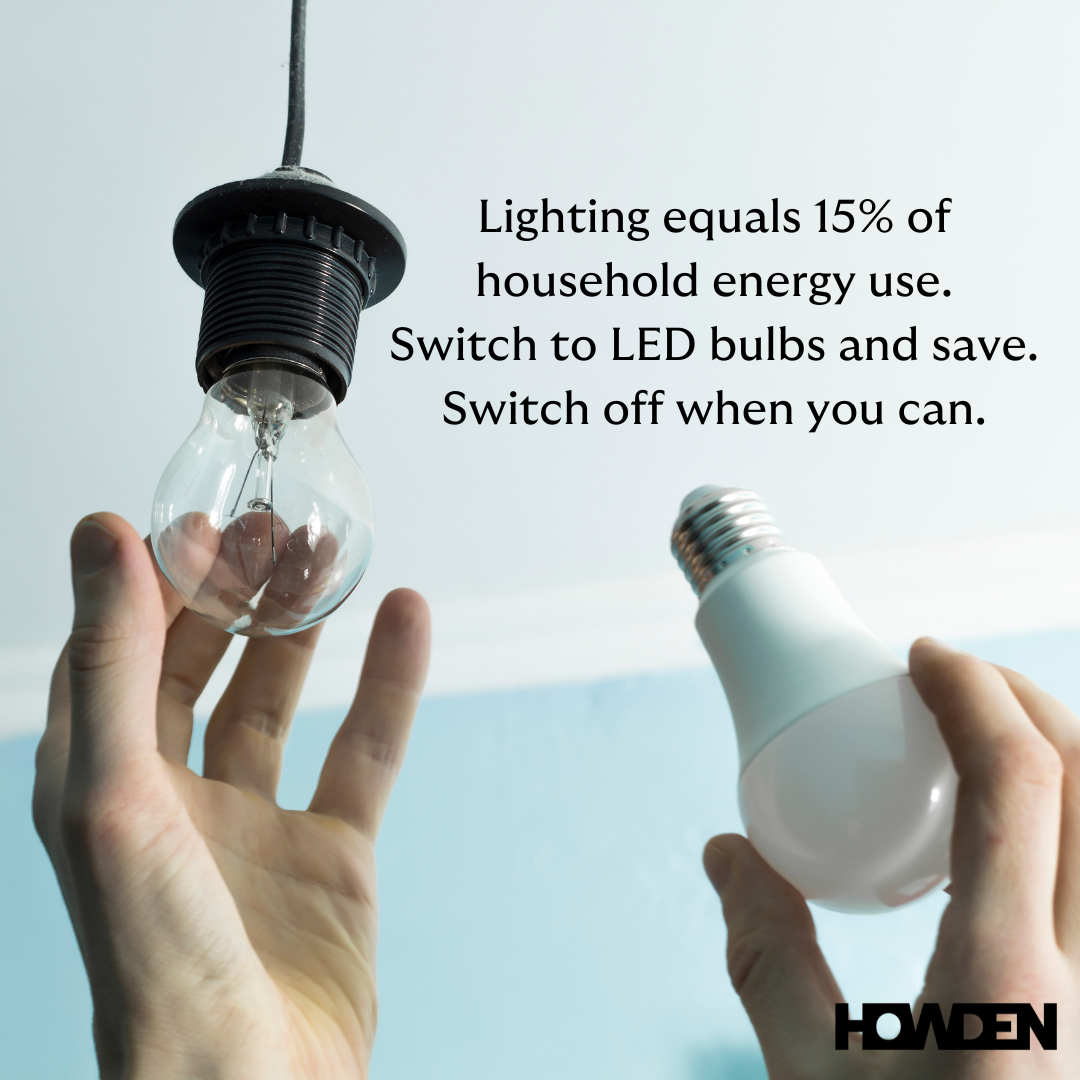It’s that time in the year once again when we find out the new energy price cap, and crucially, have a better understanding of what our household bills will look like in the coming months. Energy bills have dominated the headlines, after skyrocketing in 2022.
Let’s run through what you need to know about the energy price cap, and how much you could be paying. We’ll also share some handy tips that could help you save along the way!
What is the energy price cap?
The energy price cap limits what utility companies can charge customers for each unit of gas and electricity they use. It sets two things:
- The maximum amount energy firms can charge for each unit, measured in kilowatt-hours, of gas and electricity.
- The maximum daily standing charge, which is the part of your bill that you pay to stay connected to the grid.
It currently applies to most households, unless you’re on a fixed rate tariff, which are set by the energy companies, not the regulator, or those that use oil to heat their homes.
How much is the energy price cap increasing by?
The energy regulator Ofgem has announced the typical annual household bill would go up from £1,738 to £1,849, a rise of £111 under the new price cap. That means that from April:
- the price of gas will be 7p per kilowatt hour (kWh), and electricity will 29p per kWh
- households on prepayment meters will see their typical annual bill rise to £1,960
- those who pay their bills every three months by cash or cheque will face a typical annual bill of £2,058
- standing charges – a fixed daily charge covering the costs of connecting to a supply – will remain unchanged at 53p a day for electricity and 30p a day for gas
This is a worrying increase, especially as we approach the coldest time of the year. Experts predict that the price cap on energy bills will fall again from March, but that still leaves three months with elevated bills.
How can I save money on my energy bills?
With all the talk about the new price cap, it’s important to consider how this will affect your home. Here’s a checklist to help you stay on top of your energy usage:
- Keep your meter readings up to date. If you don’t have a smart meter, take regular meter readings and submit them to your supplier, to make sure you bill is accurate.
- Check that your monthly direct debit payments reflect your actual usage. If they don’t, contact your supplier.
- Monitor your energy usage, using an app like Utrack, which is free to download and use.
- Check what energy support grants you, your family, or friends may be eligible for.
- Shop around for a new gas and electricity deal, but take your time to find the right one for you. You can even register for alerts about new gas and electricity deals through Uswitch, or keep up to date through MoneySavingExpert.
- Find even more tips about saving money on your energy bills here!
Our lightbulb moment
We know how stressful the cost-of-living crisis is for you and your household. And, when it comes to energy usage, the sensible approach is to make several small changes throughout the warmer months to build up enough energy credit for the winter months.
It’s surprising how small changes can have a big impact on the bottom line. But with all the hints and tips out there, we wanted to help you understand which ones actually work?
To help our customers reduce their energy costs, we gave away 10,000 Status energy-saving bayonet light bulbs alongside our cost-of-living booklets. Something as simple as a lightbulb can make a big difference!
Based on everyday use, each recipient of two energy rated A+ Status 9W LED (equivalent to a 60W) bayonet bulbs can benefit by over £100 a year in energy savings. One hundred of A-Plan’s high street branches across the UK gave away 10,000 Status 9W LED bayonet lightbulbs – saving a combined £387,192* in energy usage in total. If you weren’t lucky enough to get a free one, it’s worth purchasing one from Amazon or your local supermarket now to start saving before winter.
We’ve also got plenty of tips and guidance on other money-saving queries, such as your mortgage, fuel, and having fun this winter. Follow us on social media, to keep up to date with our latest insights. Plus, as part of our commitment to helping out as we approach the festive season, we’re giving away ‘Christmas on Us’ a bundle of everything you need to enjoy the festive season including a 50” LG television, Salter air fryer, luxury Regency Christmas hamper, and £100 in supermarket vouchers.
To enter and be in with a chance of winning, simply visit your local branch to find out more.
Sources: Sky News, iNews, Which?, Uswitch, MoneySavingExpert.com, BBC News, Telegraph
Based on a total of 10,000 lightbulbs*:
- Incandescent GLS 60W x 10,000 bulbs x 2190 x 34p per kWh = £446,760
- LED SMD GLS 8W=60W x 10,000 bulbs x 2190 x 34p per kWh = £59,568
- Saving a combined total of £387,192
You could also read:
- How to prepare for ‘worst case scenario’ power outages
- Make sure your energy savings don’t cost you!




